
[ad_1]
On this interview, we discuss in regards to the previous, current, and way forward for automation and digitalization within the laboratory with Dr. Klaus Lun and Dr. Chris Mason.
May you introduce yourselves and your present roles?
Dr. Klaus Lun: I’ve been with Tecan for about 10 years, operating the Life Sciences enterprise – which is our end-user division. Throughout this time, I’ve witnessed the evolution of automation on this discipline, and are available to know what our clients need and wish.
Dr. Chris Mason: I’m a professor of genetics, physiology, and biophysics at Weill Cornell Medication, and am concerned in large-scale genomics, similar to scientific genetics, computational biology and even artificial mobile genomics.
Are you able to give a quick historical past of automation and its present affect on the science and expertise industries?
Dr. Klaus Lun: Automation within the lab has been round since folks began to carry out experiments, and advanced from the requirement to do extra of what’s at present being carried out. The primary actual step in automation within the lab was to amplify present processes so that folks might go from conducting one experiment at a time to a number of. I feel it’s honest to say that drug discovery within the pharmaceutical trade was a serious driving pressure behind this variation, since there was a interval when thousands and thousands of compounds have been being routinely screened to seek out new medication. Throughout that point, quite a lot of the primary lab actions have been being automated. Whereas at this time, automation is extra of a software to allow procedures that in all probability would have been very difficult to do manually.
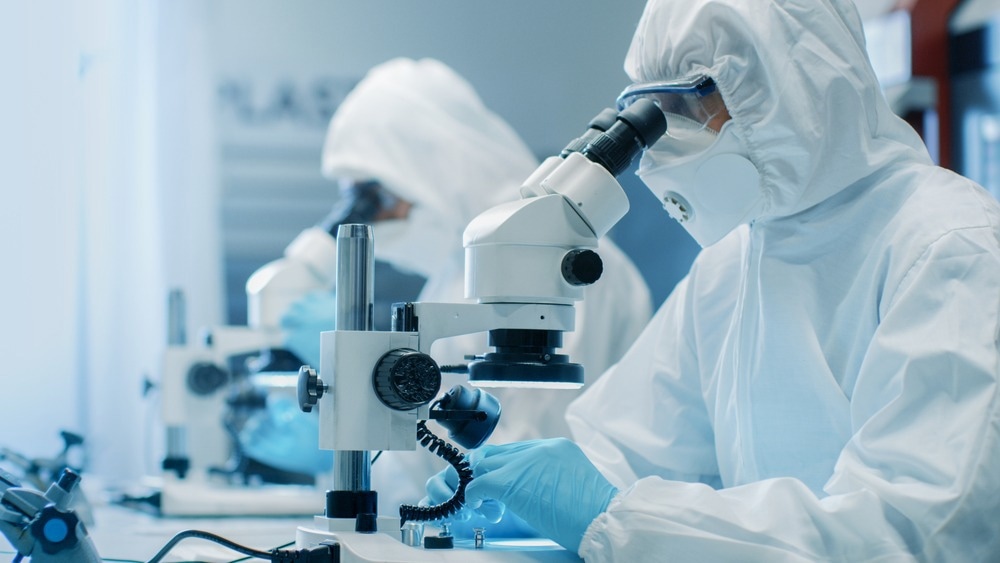
Picture Credit score: ShutterStock/Gorodenkoff
How do you suppose automation modifications the expertise of working within the lab?
Dr. Chris Mason: I feel once you attain the purpose of getting tens of 1000’s of samples coming in from around the globe, they should be effectively tracked and analyzed, and that’s the place you want some extent of automation. Robots can be utilized for all types of automated duties, similar to cell phenotyping, extraction, library prep, and liquid dealing with. The instruments and instrumentation are getting significantly better and extra scalable, which reinforces the working expertise, as researchers need to give attention to occupied with the science and developing with new concepts, relatively than repeating the identical course of thousands and thousands of instances.
May you give an instance of that form of analysis and what automation has made potential that wasn’t beforehand?
Dr. Klaus Lun: There’s a present development to develop models that incorporate a number of processes in a single instrument, with Tecan being one among many firms working on this manner. Single-cell biology is an instance of one thing that automation has made potential, making it straightforward to control these single cells whereas extracting DNA or RNA. There are various different nice examples of issues that will merely not have been potential to do beforehand as a result of the response chambers and the movement path would have been too large.
Not too long ago, one of many largest influences on industrial productiveness and analysis has been the COVID-19 pandemic. How did modifications in working kinds in the course of the pandemic have an effect on automation, and did it improve the speed of adoption?
Dr. Chris Mason: The COVID-19 pandemic disrupted virtually every thing, but it surely did drive us in the direction of implementing extra automation, notably as a result of we wanted additional processing energy for the inflow of COVID-19 affected person samples. We wanted a method of monitoring viral evolution in numerous municipalities and locations around the globe, and this compelled us to hurry up the implementation of recent processes, similar to diversifying the sorts of samples which might go on an instrument, notably for extraction.
Dr. Klaus Lun: After COVID-19 hit, we wanted to rethink how we have been going to work within the lab for the reason that variety of workers current at anybody time had decreased from, for instance, 20 to 2. Rising automation not solely freed folks as much as give attention to their analysis, relatively than getting slowed down with guide duties, but in addition enabled distant working in the course of the peak of the pandemic.
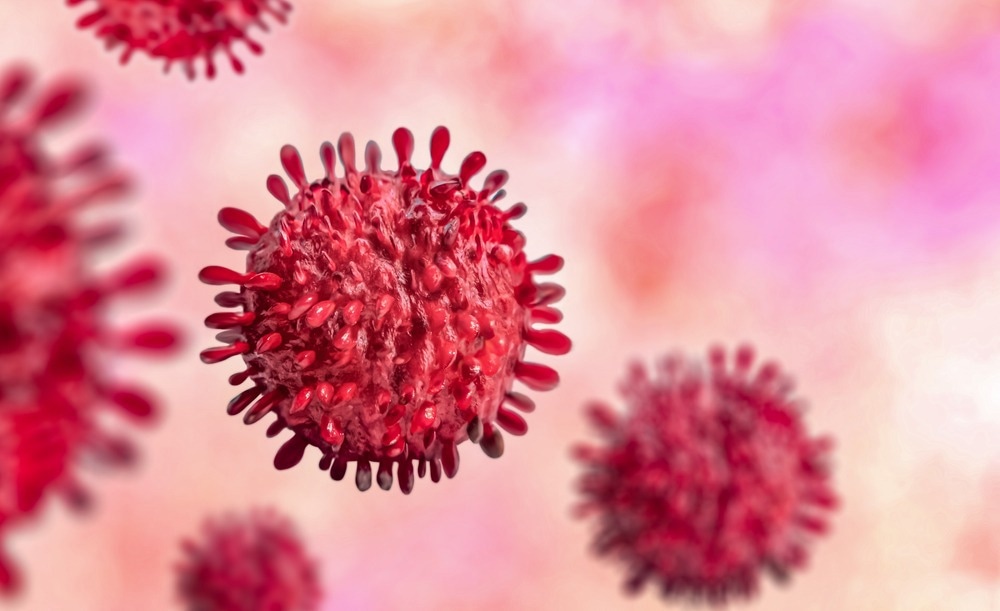
Picture Credit score: ShutterStock/HTWE
What different challenges did you face in the course of the pandemic?
Dr. Chris Mason: The most important drawback was that we couldn’t get entry to provides, similar to reagents or suggestions. Whereas that’s resolved now, there have been instances after we reconfigured the system to give you novel options, similar to 3D printing our personal plastic suggestions. After doing that for some time, we realized that, along with adopting automation, we might additionally change into fully self-reliant. Whereas that is now not a difficulty, it’s one other issue that got here up in the course of the pandemic, and it was attention-grabbing to see the responses to the stress of the state of affairs.
Dr. Klaus Lun: So as to add to that, we observed that there was a really broad curiosity in automation, with lots of people considering automation that had not thought of it earlier than, rising its prevalence in quite a lot of industries.
How is digitalization serving to within the lab, and the way do you differentiate between automation and digitalization?
Dr. Chris Mason: Ideally, digitalization and automation are one and the identical. For instance, in automated and tracked programs, barcoded objects are robotically moved and tracked based mostly on their contents, and we’ve noticed this more and more with 2D matrix tubes. We used our system for management functions, to trace precisely which tube had been moved, at which level, and the amount of fluid it contained. So, it’s each automated and tracked, which means it is vitally clear what occurred to every tube at every step. That turned very helpful at first of the pandemic as we began to validate and benchmark new sorts of COVID-19 exams.
Dr. Klaus Lun: On the digitalization facet, the obvious change in the course of the pandemic was that folks have been interacting and dealing in a digital surroundings and in search of help with their merchandise. This meant that there was a giant push to make sure that we might discover a option to proceed supporting our clients within the discipline, and with the ability to do that remotely with new instruments that we had began to deploy was one of many key targets. One factor that was mentioned intimately was a so-called ‘digital twin’ to program our clients’ programs just about, maximizing productiveness for our customers – in addition to utilizing it for coaching and script writing.

Picture Credit score: ShutterStock/ST.artwork
How will having these types of instruments have an effect on common day-to-day work within the lab, and the way will that make issues extra environment friendly?
Dr. Chris Mason: In our lab, it’s nice as a result of it’s straightforward handy off tasks. For instance, if somebody is midway by a big batch of samples, you may pinpoint precisely the place they’re at within the venture, which means that the transition between a number of folks engaged on a giant venture is sort of seamless.
Dr. Klaus Lun: One other vital software is using digital actuality to enhance coaching. The primary time we talked about this, I instantly went out and acquired a set of goggles to get a way of what all these guys have been speaking about within the lab. Now we’ve a full product prepared, the place our customers and repair workers can placed on these goggles and obtain full coaching on an instrument.
What are a few of the predominant challenges concerned in implementing an automatic, digitalized method within the laboratory, and the way would you encourage folks to beat them?
Dr. Chris Mason: It actually depends on the lab. One problem that we’ve seen lots, particularly in cities, is discovering the house to work. I additionally suppose that simply integrating the expertise with current laboratory info administration programs is a problem. There are additionally some instances the place there’s a lack of infrastructure, which is why we’re transferring towards the automation and digitization of information. I additionally suppose that each the informatics and programming of the robots require talent, and, like all talent, it is advisable apply and have some templates to work from.
Dr. Klaus Lun: We’re constructing quite a lot of shopper applied sciences which can be very nicely obtained by our clients. I feel probably the most environment friendly manner of interacting lies within the huge library of on-line and digital programs – the place folks sit in entrance of the instrument, and one among our distant trainers provides step-by-step directions. With the main focus nonetheless very a lot on digitalization and distant working, I feel we at the moment are in an unbelievable place the place everyone has the instruments at hand. I might even log in to Chris’s liquid dealing with system and assist him resolve an issue.
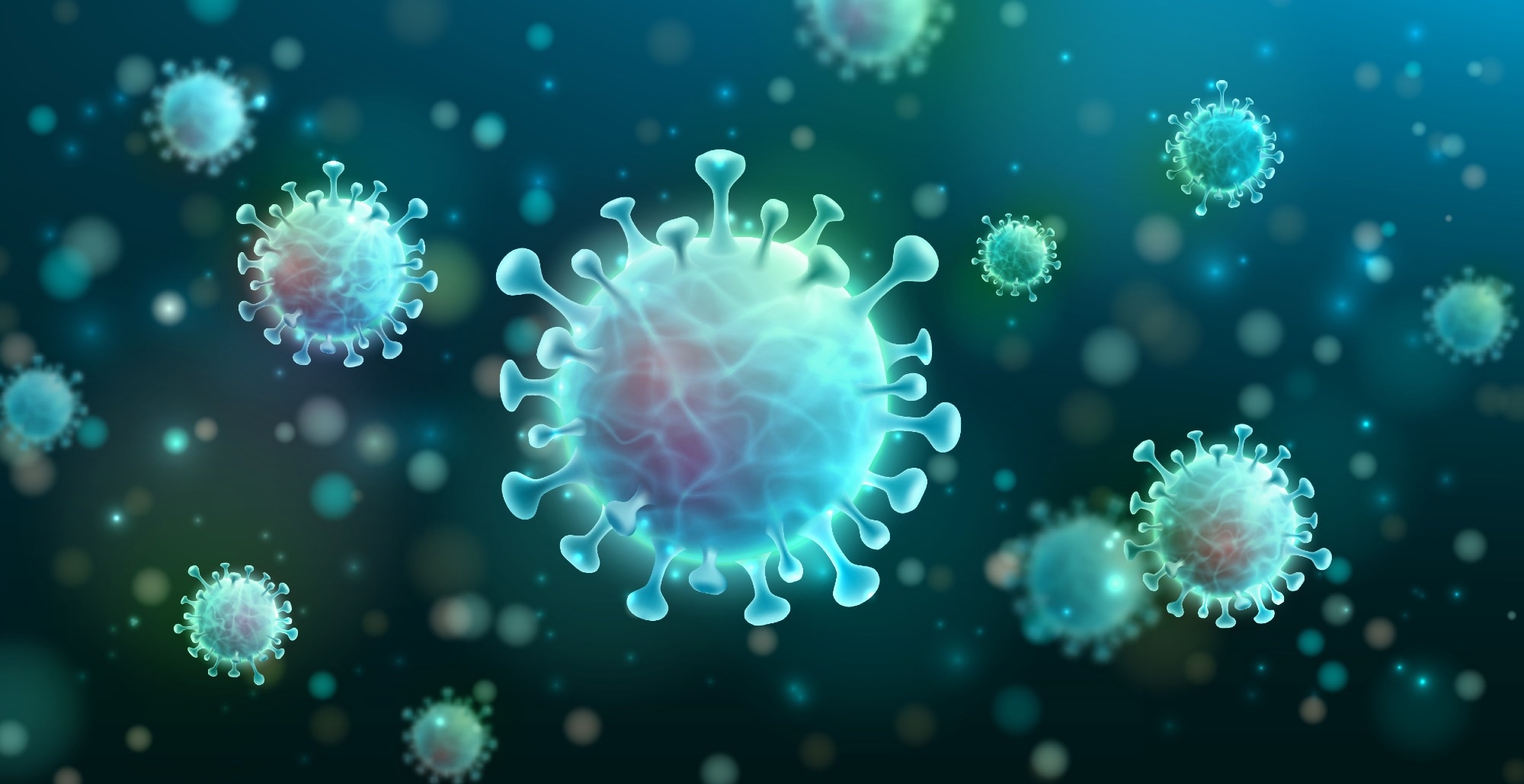
Picture Credit score: ShutterStock/Fotomay
We learnt lots from COVID-19, together with that the affect of different pandemics could possibly be large. May you discuss just a little bit about what biobanking is, why it is crucial, and the way automation is getting used within the ongoing strategy of build up biobanks?
Dr. Chris Mason: Now we have a brand new biobank at Weill Cornell, the Aerospace Medication Biobank, the place all astronauts – earlier than, throughout, and after house flight – have samples taken and banked. We then course of a few of them utilizing single-cell, immunological, epitope typing, or different genetic assays to find out molecular modifications in response to house flight. The remaining are aliquoted, banked, and put into storage, typically in liquid nitrogen at temperatures of round minus 80 levels.
A biobank provides you a manner to return in time and use newer strategies to copy previous experiments or share samples with folks. If another person has an concept or needs to copy a scientific consequence, a biobank provides you an opportunity to share. Extra information means extra energy, and the extra financial institution samples you will have, the extra you may validate any consequence once more, whether or not it’s a scientific trial or astronaut biology. There are solely round 600 those who have ever been to house, and this makes each pattern extraordinarily treasured as a result of we all know little or no in regards to the response of the physique to house flight, and the way we put together to go to Mars is determined by these samples to some extent.
Dr. Klaus Lun: Biobanking is an space that’s completely suited to automation as a result of variety of samples concerned in most biobanks. The dimensions of it requires fairly a major IT infrastructure to just remember to can hint every pattern and monitor what has occurred to it. For COVID-19, we noticed a major uptake in database constructing for affected person samples as a result of we have been within the early levels of understanding this illness and the totally different phenotypes that we see throughout a big inhabitants, and biobanking is step one that labs ought to take.
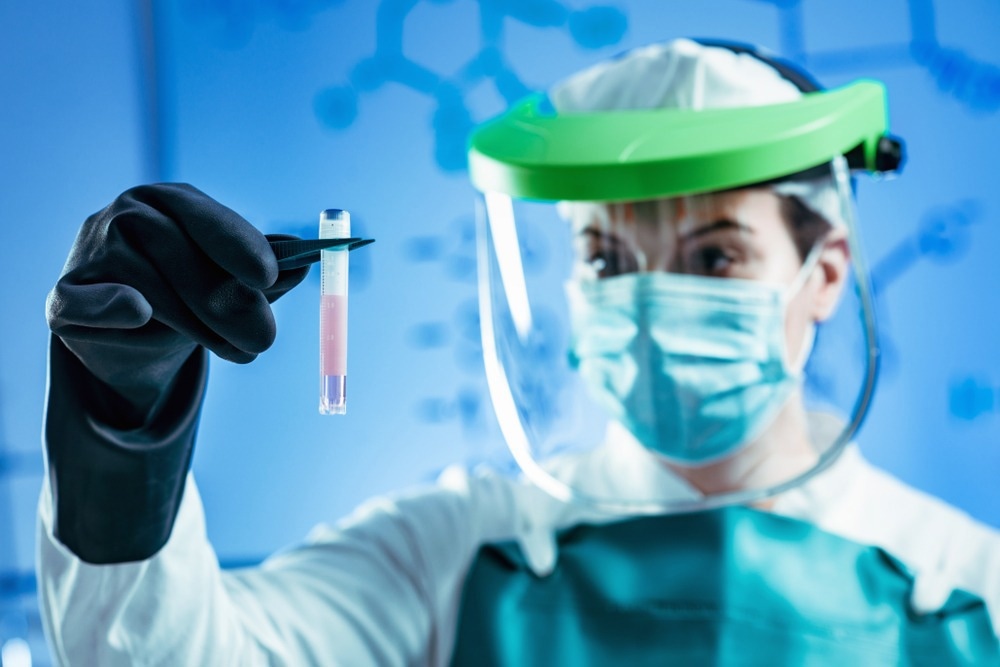
Picture Credit score: ShutterStock/Microgen
What do you anticipate to see from labs sooner or later, and the way vital do you suppose automation goes to be?
Dr. Klaus Lun: I feel that it’s going to change guide processes that we usually do within the lab and can transfer in the direction of being an automatic infrastructure. Automating small, tedious duties will unlock researchers to give attention to scientific progress, utilizing the robotic infrastructure to carry out the experiments. From an automation viewpoint, the pandemic has established one of many largest shifts in mindset that we’ve ever seen, and, with that understanding, the life sciences lab of the longer term will probably be an unbelievable and thrilling place to be.
Dr. Chris Mason: Regardless that it sounds futuristic to have robots helping robots, that’s what already occurs in manufacturing for vehicles, giant boats, and even spacecraft. I feel extra automation will even be utilized in library prep, and we are going to see virtually every thing automated, from the mobile specimen and tissue preparation, proper by to the tip of the experiment.
Wanting forwards, do you suppose there are every other imminent drivers of change in the identical manner COVID-19 was, similar to house exploration or the colonization of Mars?
Dr. Chris Mason: I feel it is going to be extra multi-omic. Taking a look at DNA, RNA, proteins, and metabolites from the identical cells, you’ll see extra metrics being measured throughout extraction and past. I feel the longer term will result in elevated quantification and will probably be a good time to be a scientist. You might argue that at this time is already the very best time to be a scientist, however I feel it would simply proceed to get higher if all goes in response to plan.
Dr. Klaus Lun: It’s the century of biology.
About Dr. Klaus Lun
Dr. Klaus Lun is Govt Vice President and Head of the Life Sciences Enterprise division at Tecan. Klaus joined the corporate in June 2013 as EVP Company Improvement and a member of the Administration Board of the Tecan Group. In February 2017, he took over the position as EVP, main Tecan’s total end-user enterprise division. Klaus studied biology on the College of Bayreuth and Tübingen, and gained his doctorate in neurobiology on the College of Heidelberg and an MBA in Enterprise Administration from the College of Mannheim.
About Dr. Chris Mason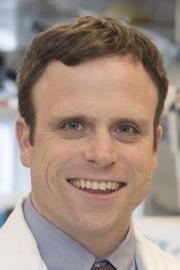
Dr. Chris Mason is a professor of genomics, physiology, and biophysics at Weill Cornell Medication. Chris can be one of many founding Administrators of the WorldQuant Initiative for Quantitative Prediction and co-founder of 4 biotechnology startup firms. He accomplished his twin BS in genetics and biochemistry from the College of Wisconsin–Madison, adopted by a PhD in genetics from Yale College.
About Tecan
Tecan is a number one world supplier of automated laboratory devices and options. Their programs and parts assist folks working in scientific diagnostics, fundamental and translational analysis and drug discovery carry their science to life.
Particularly, they develop, produce, market and help automated workflow options that empower laboratories to attain extra. Their Cavro branded instrument parts are chosen by main instrumentation suppliers throughout a number of disciplines.
They work facet by facet with a variety of purchasers, together with diagnostic laboratories, pharmaceutical and biotechnology firms and college analysis facilities. Their experience extends to creating and manufacturing OEM devices and parts, marketed by their accomplice firms. Regardless of the venture – giant or small, easy or complicated – serving to their purchasers to attain their targets comes first.
They maintain a number one place in all of the sectors they work in and have modified the way in which issues are carried out in analysis and improvement labs around the globe. In diagnostics, as an illustration, they’ve raised the bar in terms of the reproducibility and throughput of testing.
In underneath 4 many years Tecan has grown from a Swiss household enterprise to a model that’s nicely established on the worldwide stage of life sciences. From pioneering days on a farm to the main position our enterprise assumes at this time – empowering analysis, diagnostics and plenty of utilized markets around the globe
[ad_2]
